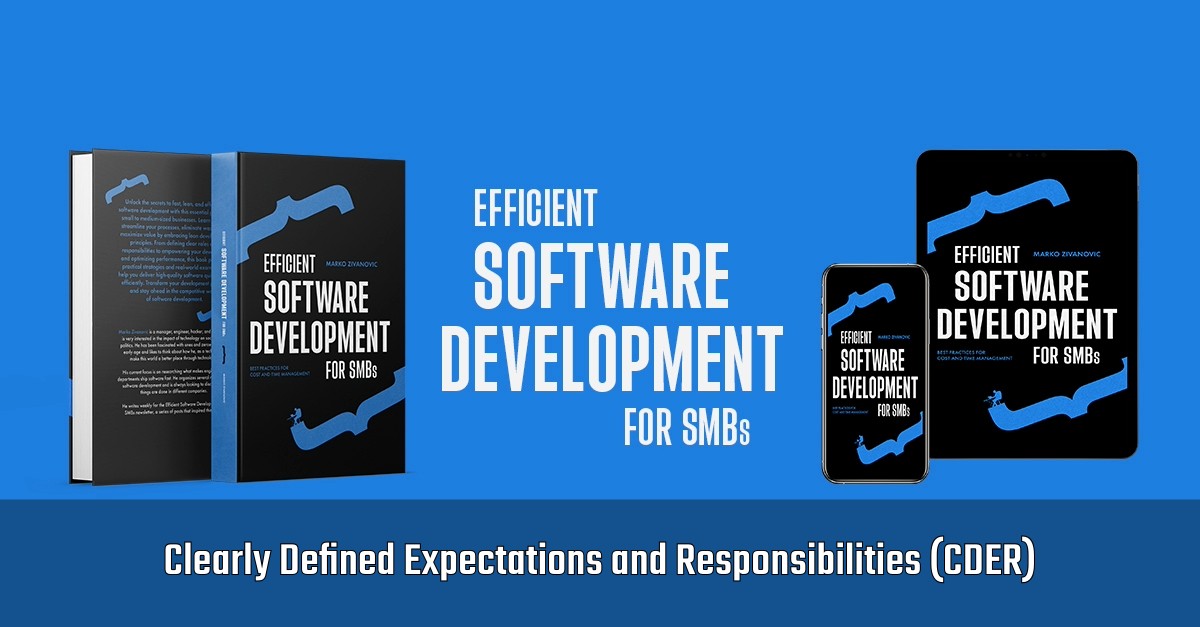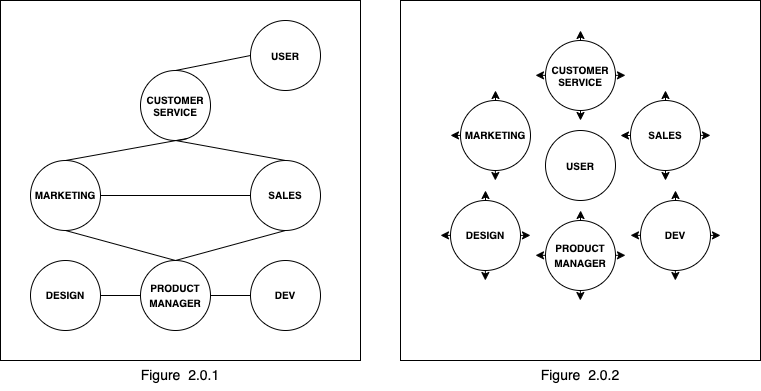Clearly Defined Expectations and Responsibilities (CDER)

In small to medium-sized businesses (SMBs), the success of a software development project often hinges on the clarity of roles and responsibilities within the team. Unlike larger organizations with extensive resources and well-defined structures, SMBs must be particularly vigilant in avoiding ambiguity and confusion that can lead to inefficiencies and conflicts.
If only two people are doing the same work or are stepping on each other’s toes, that’s already an expense in time and money that can set you back considerably (remember, if you’re a growing company, problems tend to stack on each other).
One of the biggest challenges SMBs face is ensuring that every team member understands their specific role and what is expected of them. Without clear definitions, tasks can overlap, accountability can wane, and productivity can suffer.
However, it’s not just about defining roles—it’s also about setting clear expectations. When team members know exactly what is expected of them, they are more likely to take ownership of their tasks, deliver high-quality work, and contribute to the overall success of the project and the company. Clear expectations foster a sense of responsibility and drive performance, leading to more efficient and effective development processes.
When it comes to this part, people involved in defining the roles and expectations usually make a big mistake. Instead of properly defining team members’ responsibilities, they limit their reach. Instead of giving people clear guidance about what their main focus should be, companies tend to put them inside small boxes, drawing borders around them and instructing them to stay within their designated communication and operation domains.
If done well, clearly defined expectations and responsibilities enable radical freedom of communication and operation for all employees, regardless of their position in the hierarchy. This enables free flow and access to the best information to make informed and smart decisions.

Figure 2.0.1 depicts the most common setup in SMBs, where instead of improving the flow with clearly defined expectations and responsibilities, communication barriers and procedures are in place, and information flow is limited.
Figure 2.0.2 displays free-flowing roles that are unrestricted in their area of operation. With clearly defined expectations and responsibilities, you don’t need to introduce any processes to guide communication or set constraints. If everyone is clear on what to do and focus on, and if that is defined with the company’s interest in mind, working towards the same goal comes logically.
By having CDER, you can ensure that your team operates smoothly, with everyone aligned and working towards common goals without imposing limitations that will hurt both the employees and the company.
